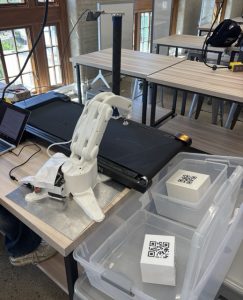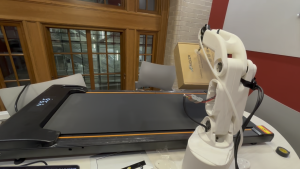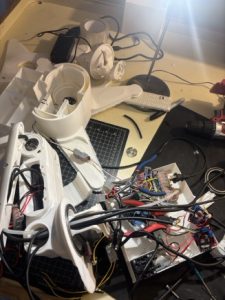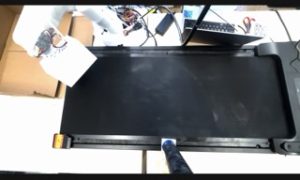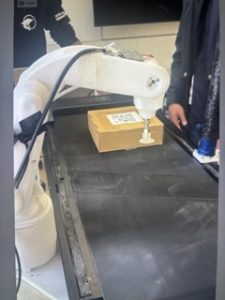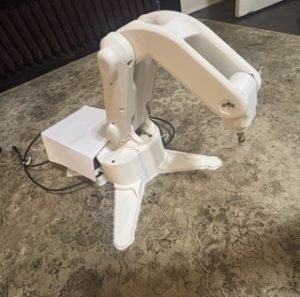In conclusion we were able to combine the parts of our robot system to effectively sort boxes at a rate of 8/min at 95% accuracy. After prototyping a precise and strong robot arm from scratch over 2 years, we used a camera and ML to locate and track QR’s on a moving treadmill then feed this data to a python kinematics engine. We wrote Arduino code to control the arm using motor controllers and angle sensors utilizing position moves and realtime averaged angle feedback.

Here is a video of our system in action
System Video
Here is our Design Presentation Slides
Design Slides
Here is our Final Presentation
Final Presentation
Here is our Final Video
Final Video
Here is our Final Report
Final Report

